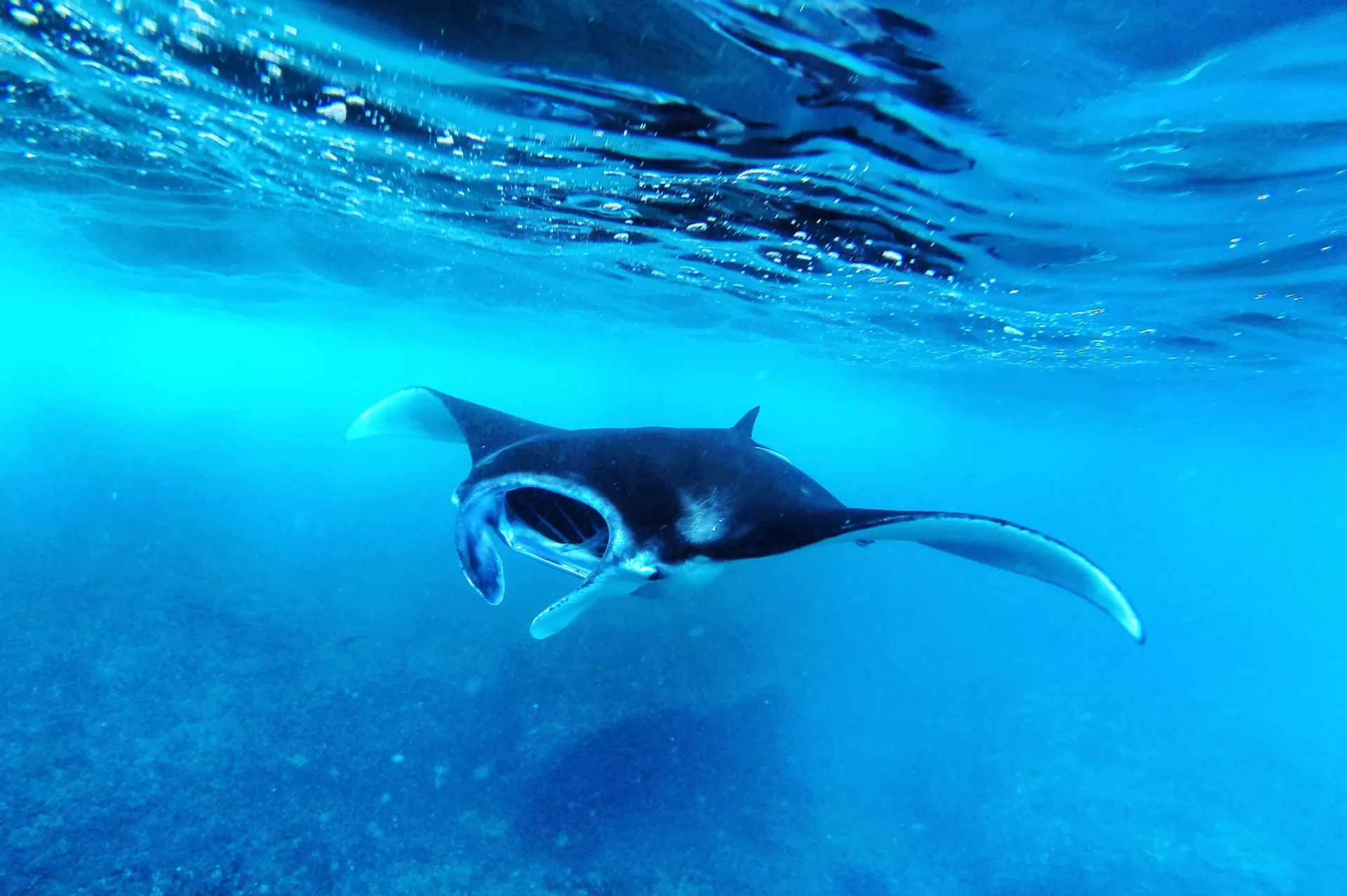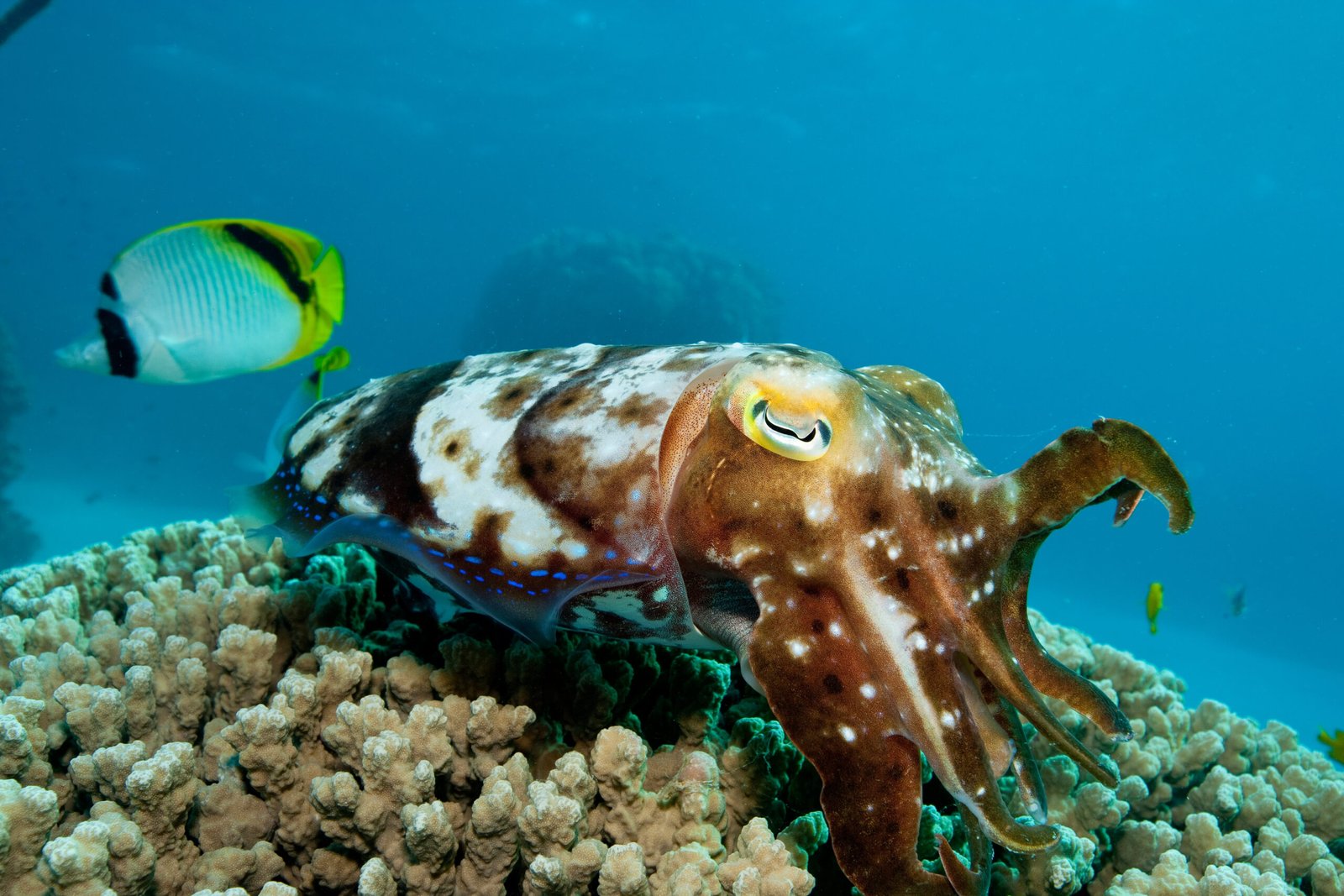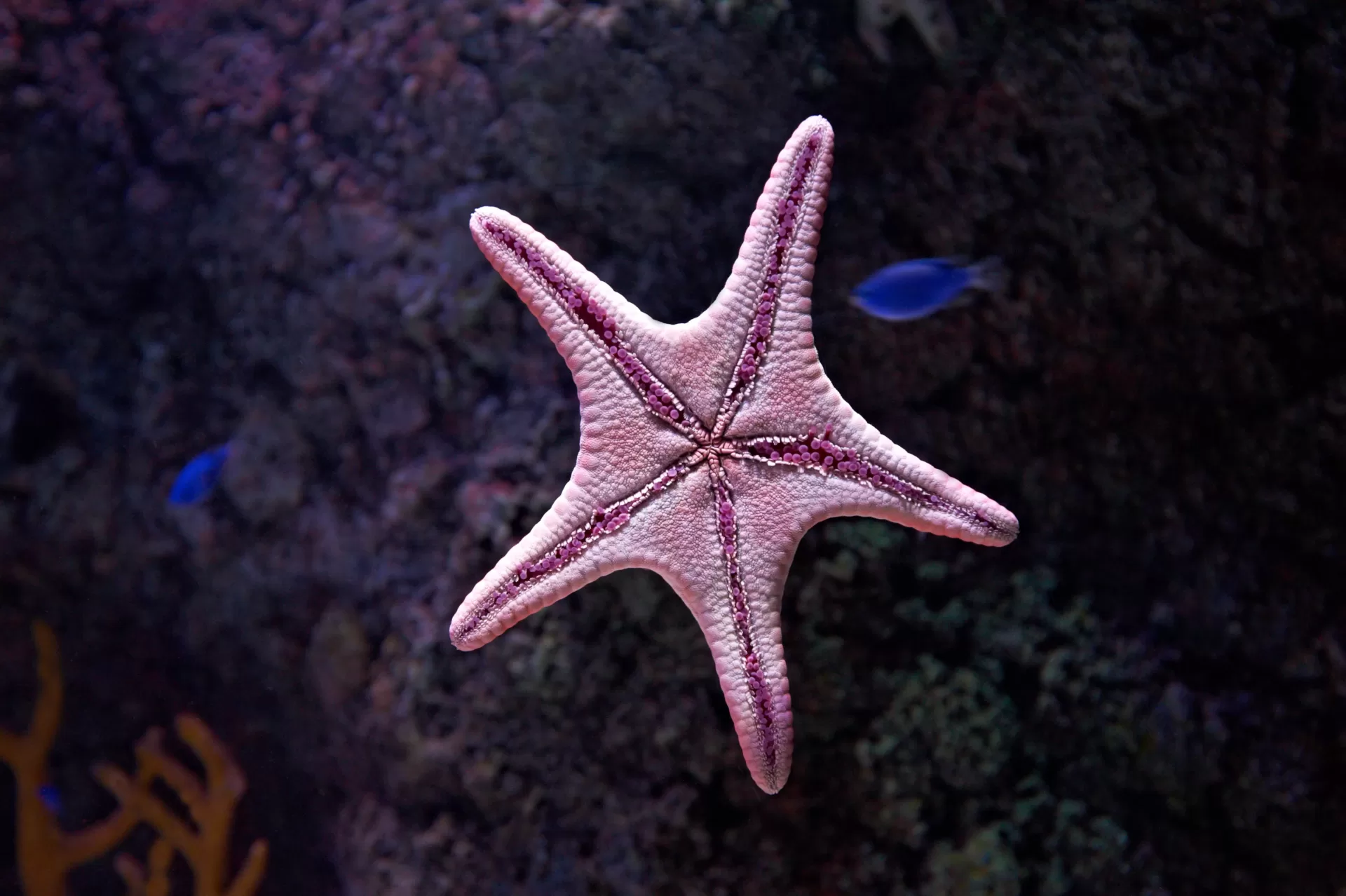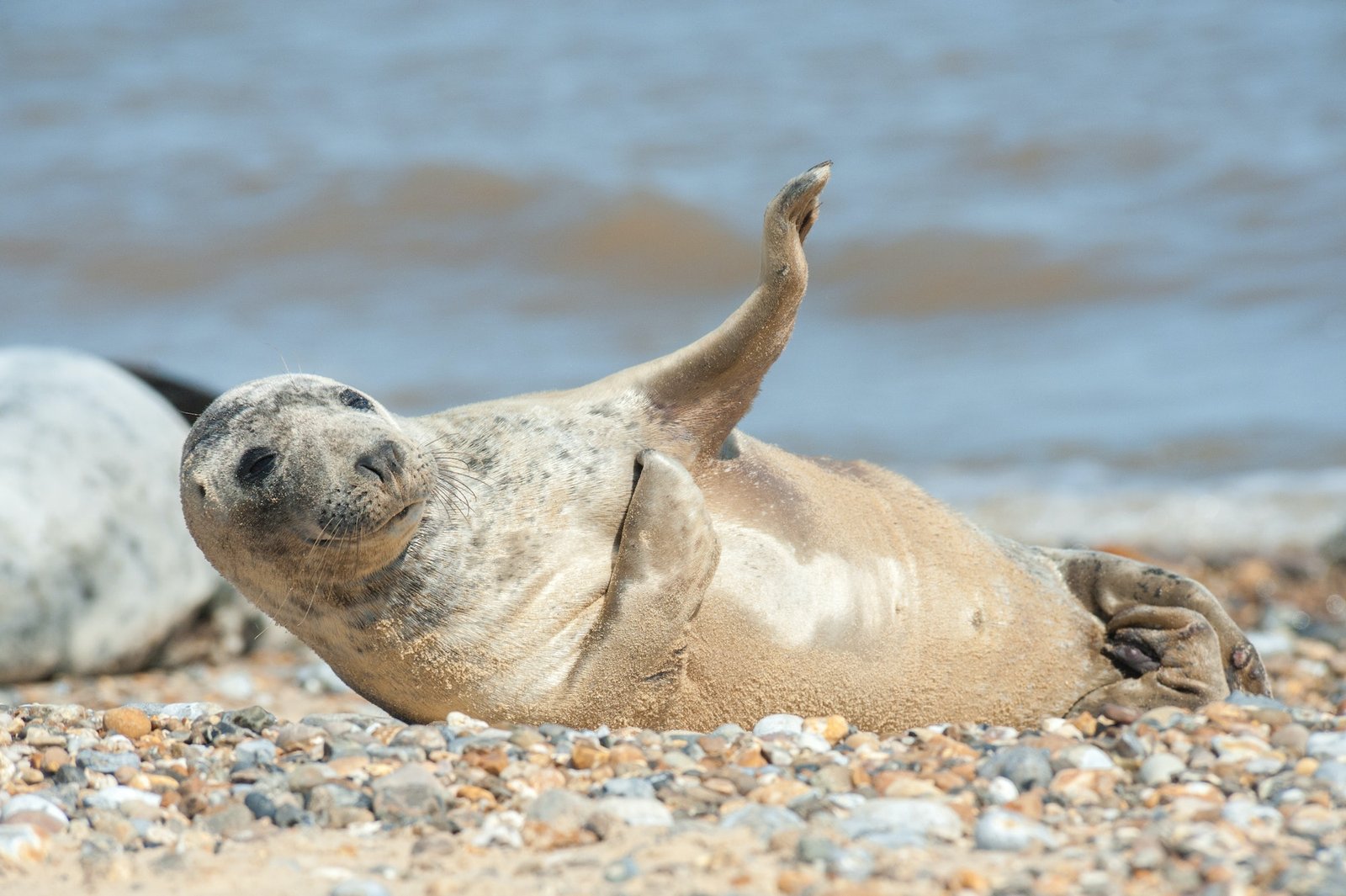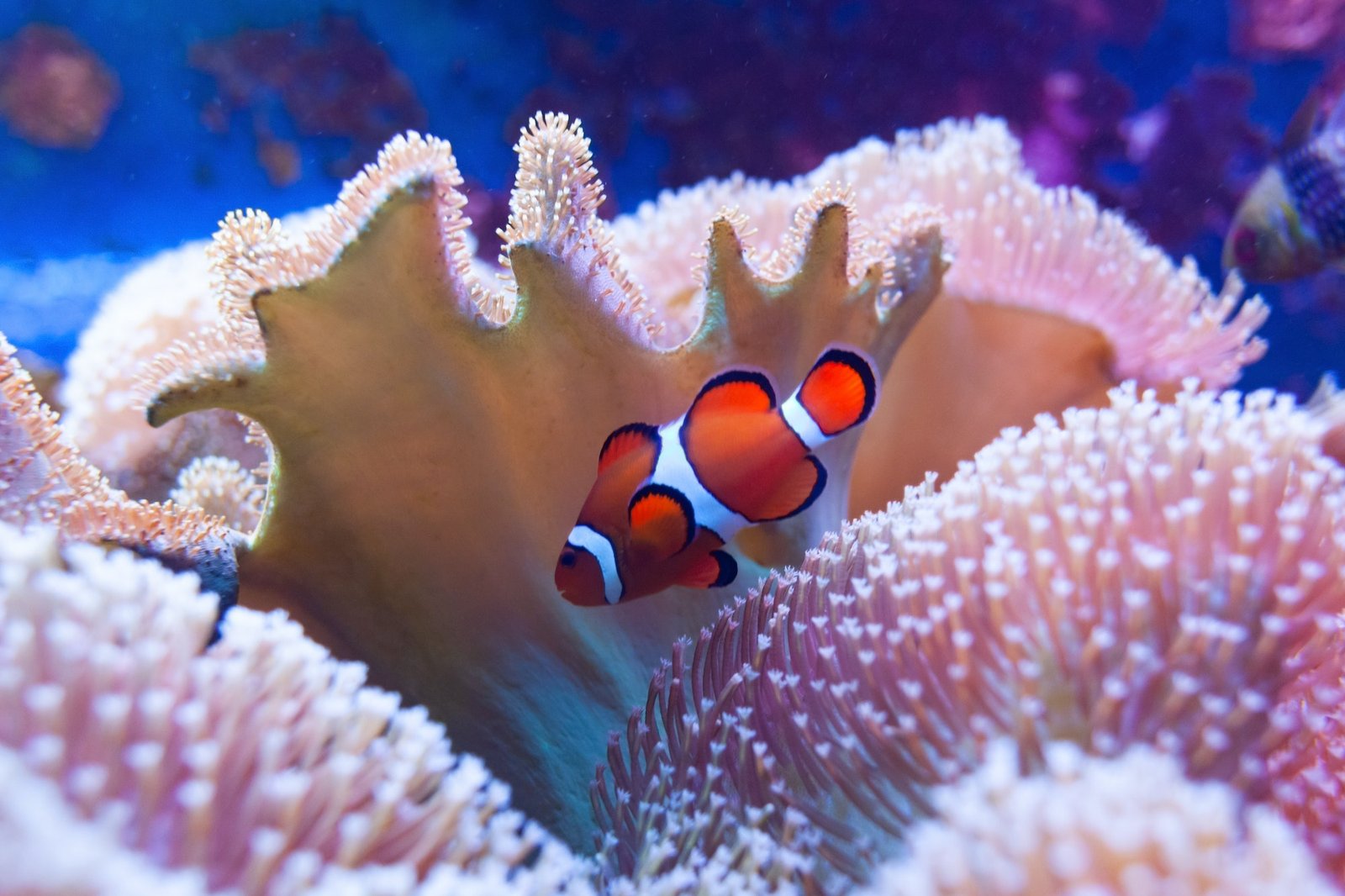In the vast expanse of the world’s oceans, there are few creatures as captivating and majestic as the manta ray. Known for their enormous size and graceful movements, these gentle giants continue to fascinate marine biologists and nature enthusiasts alike. In this short documentary-style blog post, we will delve into the world of manta rays, exploring their anatomy, behavior, and their importance in maintaining ocean ecosystems.
Anatomy of a Manta Ray
Manta rays belong to the genus Mobula, and there are two species commonly found in the world’s oceans: the Reef Manta Ray (Manta alfredi) and the Giant Manta Ray (Manta birostris). These magnificent creatures possess a unique physical appearance that sets them apart from other fish species.
The most distinguishing feature of a manta ray is its enormous size. On average, these gentle giants can reach a wingspan of up to 25 feet, making them one of the largest fish in the ocean. Despite their massive size, manta rays are harmless to humans and are known to be docile creatures.
Another key feature of a manta ray is its impressive cephalic fins, also known as “horns.” These triangular-shaped fins, located at the front of their bodies, give manta rays their distinctive appearance. These fins are used to guide plankton and small fish into their mouths while feeding.
Behavior and Feeding Habits
Manta rays are filter feeders, subsisting primarily on zooplankton, small fish, and microscopic organisms called phytoplankton. Using their cephalic fins, manta rays create a funnel-like shape, enabling them to scoop up large quantities of food as they glide through the water. They have specialized filtering pads called gill rakers that sieve the water, trapping their prey and allowing them to consume it.
One of the most incredible behaviors of manta rays is their affinity for cleaning stations. These stations, located in specific areas of the ocean, are where manta rays congregate to have parasites and dead skin removed by small cleaner fish. This behavior not only benefits the manta rays by keeping them healthy and free from diseases but also creates a symbiotic relationship between species in the ecosystem.
Conservation and Threats
While manta rays are awe-inspiring creatures, they face numerous threats that put their population at risk. The demand for their gill rakers in Asian markets has led to unsustainable fishing practices, severely impacting their numbers. Additionally, manta rays are often unintentionally caught in fishing nets, leading to accidental fatalities.
To protect these magnificent creatures and ensure their survival, several conservation efforts are in place. The International Union for Conservation of Nature (IUCN) has listed the Giant Manta Ray as vulnerable, and the Reef Manta Ray as near threatened. Many countries have implemented strict regulations, such as fishing bans and protected areas, to safeguard their populations. Moreover, educational programs and ecotourism initiatives seek to raise awareness about the importance of conserving manta rays and their habitats.
Role in Ecosystems
Manta rays play a crucial role in maintaining the balance of ocean ecosystems. As filter feeders, they help control populations of plankton and other microscopic organisms, preventing them from overpopulating and disrupting delicate ecosystems. By doing so, manta rays indirectly support the survival of other marine species, ultimately influencing the health of the entire marine food chain.
Furthermore, manta rays contribute to the overall health of coral reefs. Their fecal matter is rich in nutrients that promote the growth of coral polyps, helping to maintain the vitality and diversity of these fragile marine habitats.
A Magical Encounter
Encountering a manta ray in its natural habitat is a truly awe-inspiring experience. Whether observing them from the comfort of a boat or snorkeling alongside them in the crystal-clear waters, witnessing their graceful movements and peaceful nature leaves a lasting impression.
Manta rays are enchanting creatures that remind us of the incredible diversity and beauty of our planet’s oceans. Their gentle demeanor and vital role in marine ecosystems make them storytellers of the sea, emphasizing the importance of protecting and preserving their populations for future generations to appreciate and enjoy.
In conclusion, manta rays are magnificent beings that deserve our admiration and respect. By understanding their anatomy, behavior, and their place within ocean ecosystems, we can appreciate their significance and the need for their conservation. Let us work together to ensure the continued presence of these gentle giants in our oceans, allowing future generations to be captivated by their enchanting presence.
